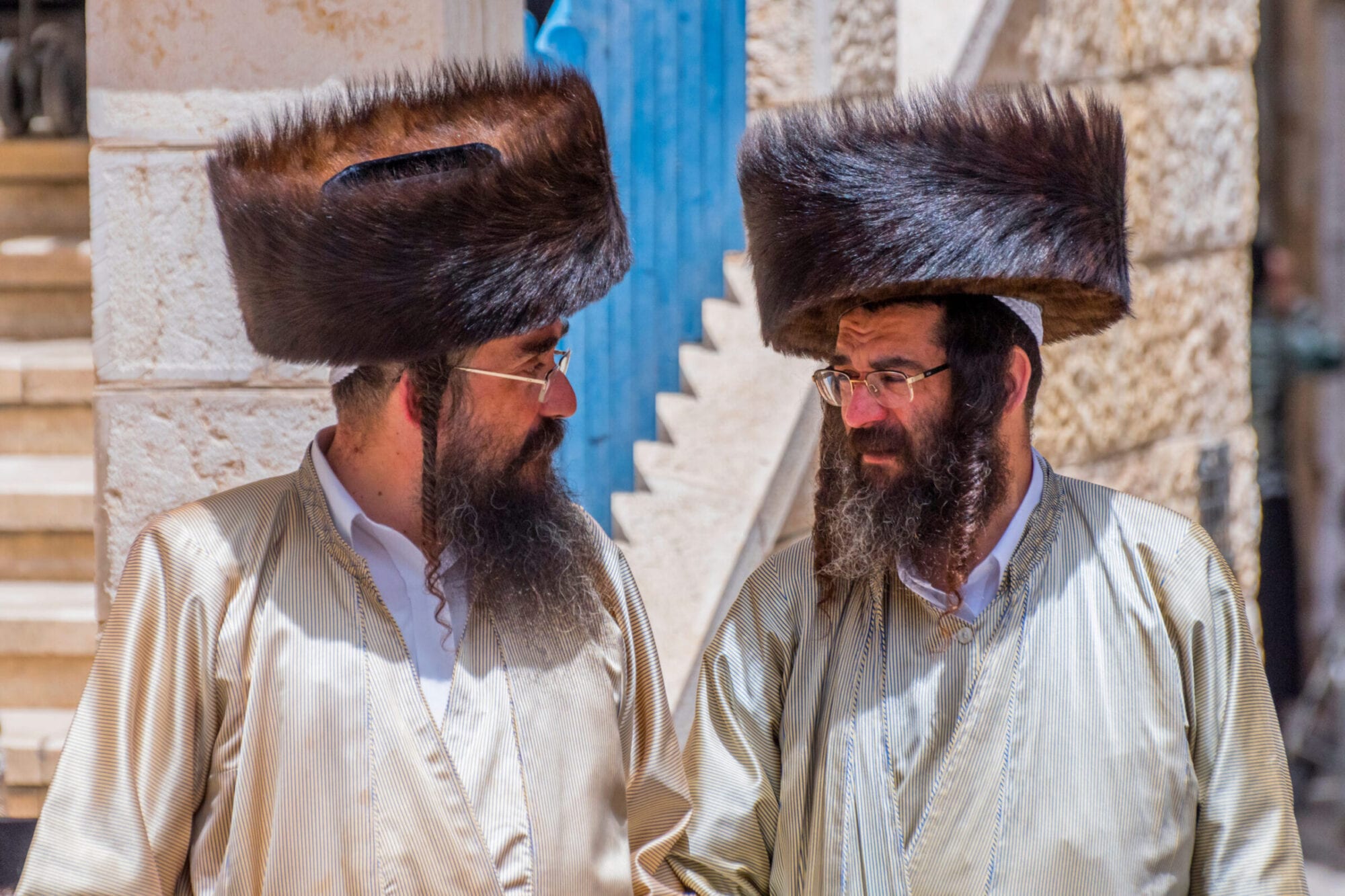WHERE TO STAY WHERE TO EATWHAT DO DO
Jerusalem is a spiritual epicenter for three major monotheistic religions: Judaism, Christianity, and Islam. For Jews, it is the site of the ancient Temple, the holiest place where the Western Wall, a remnant of the Temple, remains a focal point of prayer and pilgrimage. For Christians, Jerusalem is the place of Jesus Christ’s crucifixion, burial, and resurrection, making it a significant destination for Christian pilgrims. In Islam, Jerusalem is home to the Al-Aqsa Mosque and the Dome of the Rock, believed to be the site of Prophet Muhammad’s night journey, making it the third holiest city in Islam.
Jerusalem is one of the oldest continuously inhabited cities in the world, with a history that spans over thousands of years. It has been a center of power and cultural exchange for various civilizations, including the Canaanites, Israelites, Assyrians, Babylonians, Persians, Greeks, Romans, Byzantines, and Crusaders. The city’s ancient ruins and archaeological treasures bear witness to its rich and diverse past.
The Old City of Jerusalem, a UNESCO World Heritage site, is a labyrinth of narrow streets, alleys, and ancient structures, each carrying its own historical and religious significance. Enclosed by medieval walls, the Old City is divided into four quarters: the Jewish Quarter, Christian Quarter, Muslim Quarter, and Armenian Quarter. Each quarter boasts historical landmarks, religious sites, and vibrant marketplaces, offering a unique blend of cultures, traditions, and faiths.
Jerusalem’s unique geography and history have made it a melting pot of cultures, traditions, and faiths. It is a city where Jews, Christians, Muslims, and other religious and ethnic groups live side by side, contributing to its vibrant and diverse atmosphere. This cultural mosaic has given Jerusalem a dynamic and captivating spirit, making it a beacon of coexistence and interfaith dialogue.
Jerusalem’s importance stems from its status as a spiritual center for three major religions, its rich historical heritage, its cultural diversity, and its symbolism as both a place of peace and conflict. This city’s allure lies in its ability to evoke a sense of awe, wonder, and spiritual connection in the hearts of millions, making it a city that is truly like no other. Jerusalem’s allure lies in its timeless beauty, religious significance, and cultural mosaic. Its rich history, intertwined with the sacred stories of multiple faiths, makes it a captivating destination for pilgrims and travelers alike.

Today the Old City of Jerusalem is divided into four different quarters that moved around along the centuries. Their location today goes back to the 14th century approximately. The Jewish Quarter which is almost completely restored after the Jordanians Army destroyed it in 1948 when they took the Old City under their control till 1967 when the city was “reunited”.
The key site to visit there is naturally the Western Wall. Another important site, located on the Muslim Quarter is of course the Dome of the Rock, which is probably the most iconic structure that Jerusalem recognized with as seen in all the photos. Lastly, another spot that I don’t tend to skip on my Jerusalem Guided tours is the Church of the Holy Sepulcher where most traditions and archaeologists point to the place where Jesus was buried and of course if you are a faithful Christian so also resurrected.
These sites are for sure of key interest. But apart from these main sites, there are many others like the Herodian Mansions which are homes belonging to the upper crust Jewish society 2,000 years ago. If you were to choose to take one of my Jerusalem private tours we will discover all this and all the little hideouts that many tend to pass over.
The very first record of Jerusalem is in ancient Egyptian texts called Execration texts dated to the 19th-century B.C.E. These texts are listing enemies of the pharaoh, most often enemies of the ancient Egyptians or troublesome foreign neighbors. The texts were most often written upon statuettes of bound foreigners, bowls, or blocks of clay or stone, which were subsequently destroyed.
The intention behind the ceremonial process of breaking the names and then burying them was a sort of sympathetic magic that would affect the persons or entities named in the texts. Then Egyptian priests use to place the fragments near tombs or ritual sites like Egyptian temples. This practice was most prevalent during times of conflict with the Asian neighbors of Egypt.
The execration ritual was the process by which one could thwart or eradicate one’s enemies. Usually the ritual object would be bound, then the object was smashed, stomped on, stabbed, cut, speared, spat on, locked in a box, burned, saturated in urine, and finally buried. But not every execration included all of the previous components. A full rite could use any of these actions numerous times with numerous figures.

WHERE TO STAY WHERE TO EATWHAT DO DO
I Always take my private tours of Jerusalem to the top of Mt of Olives. There, apart from the fantastic view of the Old City, you have a camel you can get on top of and get the best Jerusalem photo! Another location is at the Dominus Flevit Church. There inside the Chapel, there’s a fantastic spot, but that I need to take on one of my Jerusalem Private Tours!






Join our community and get exclusive travel tips, giveaways and more!
THE GO-TO DESTINATION FOR TAILOR MADE & SIGNATURE